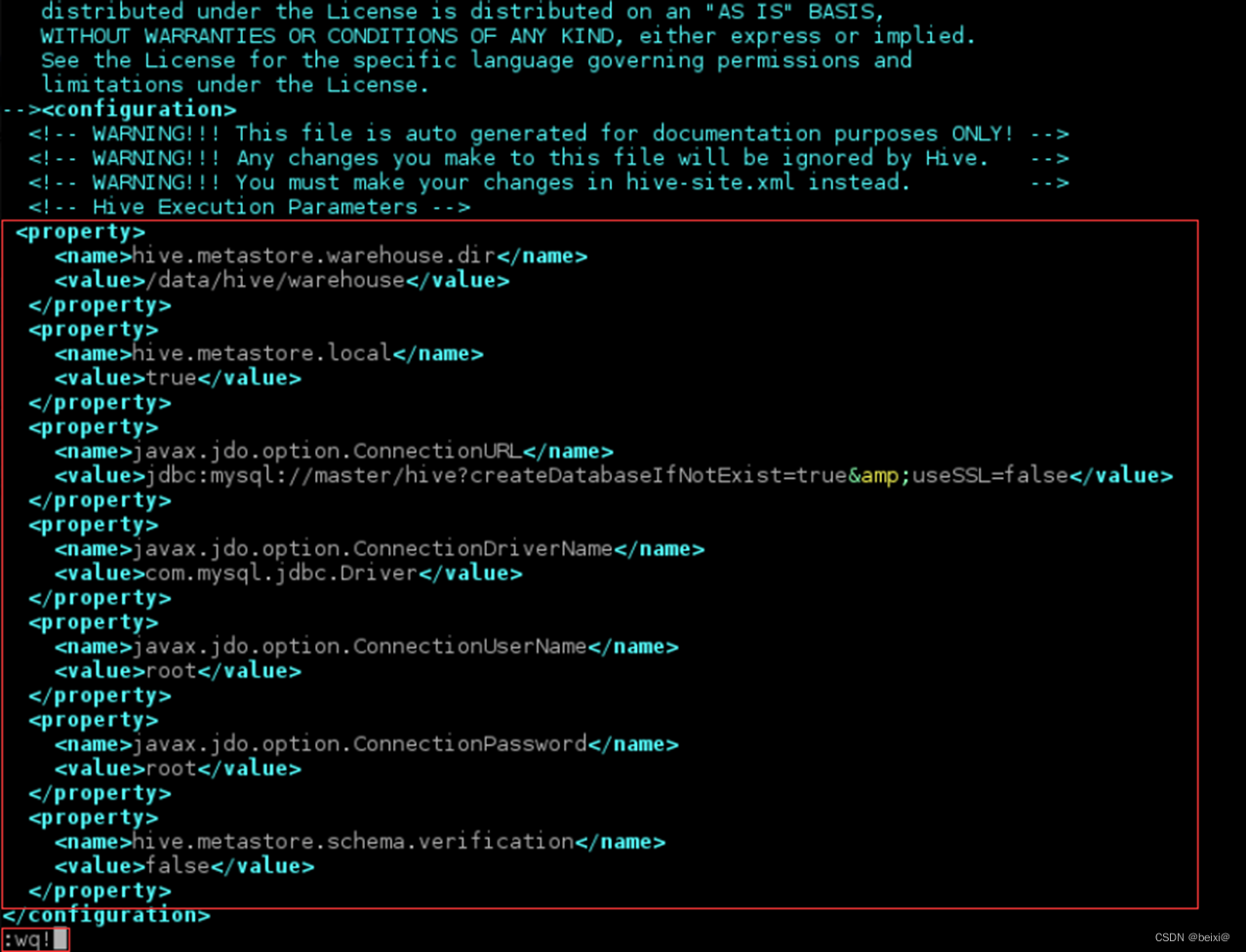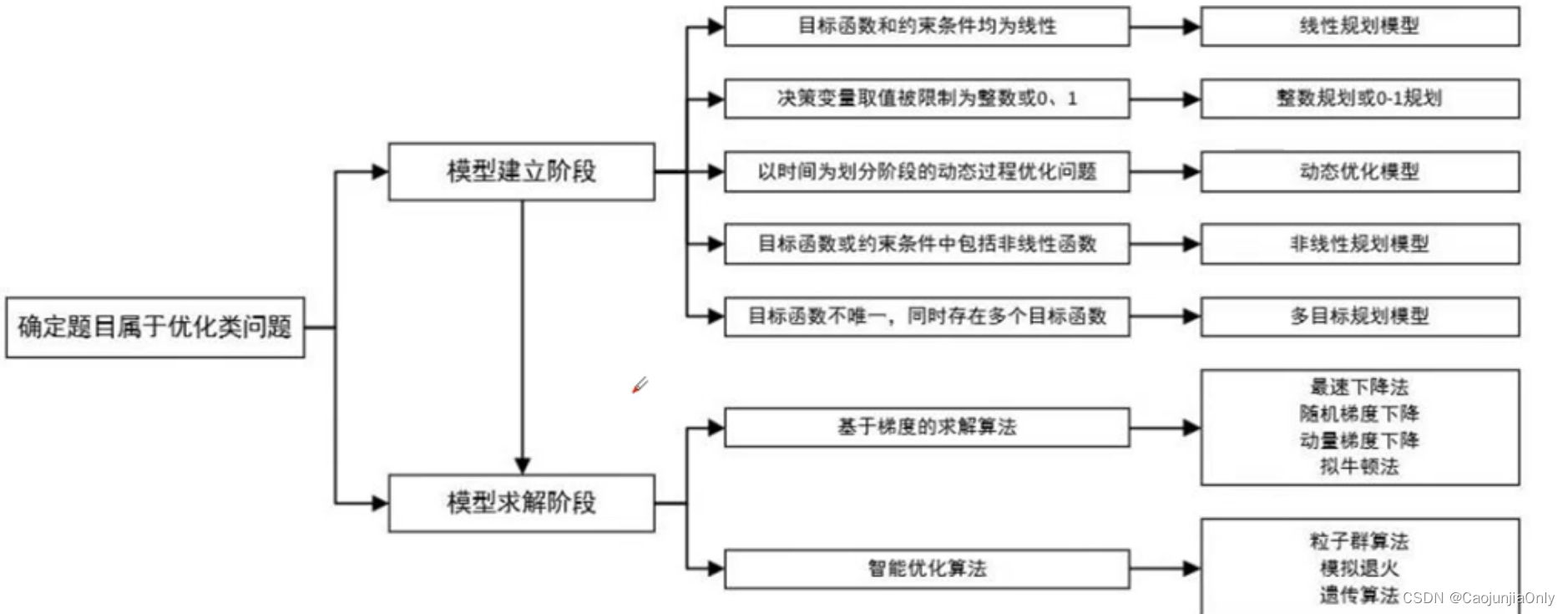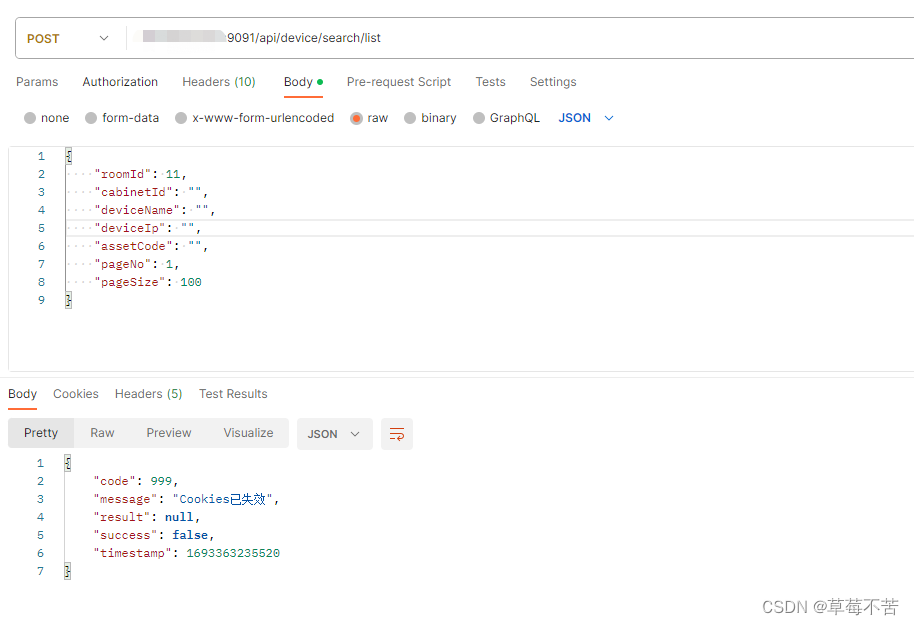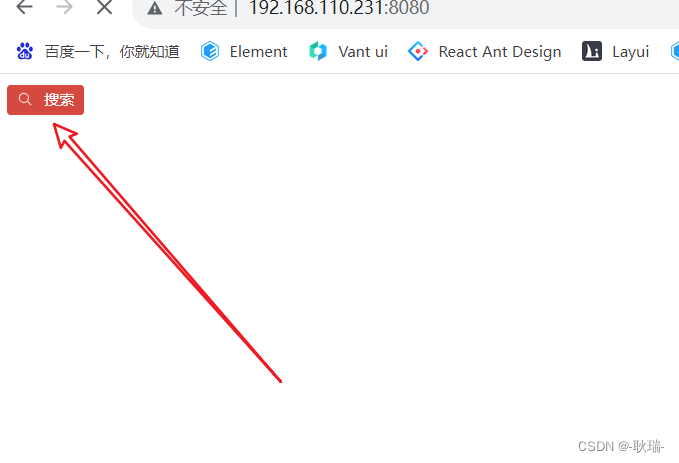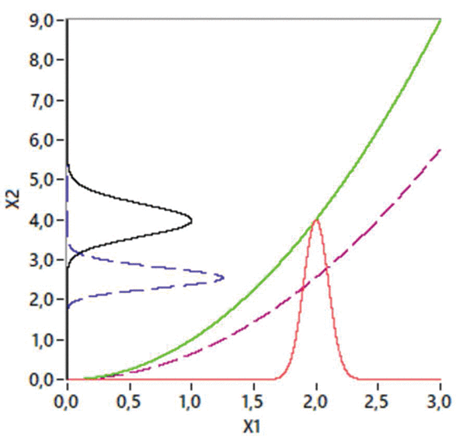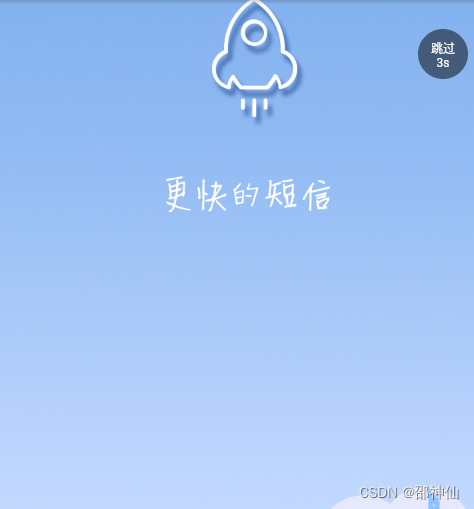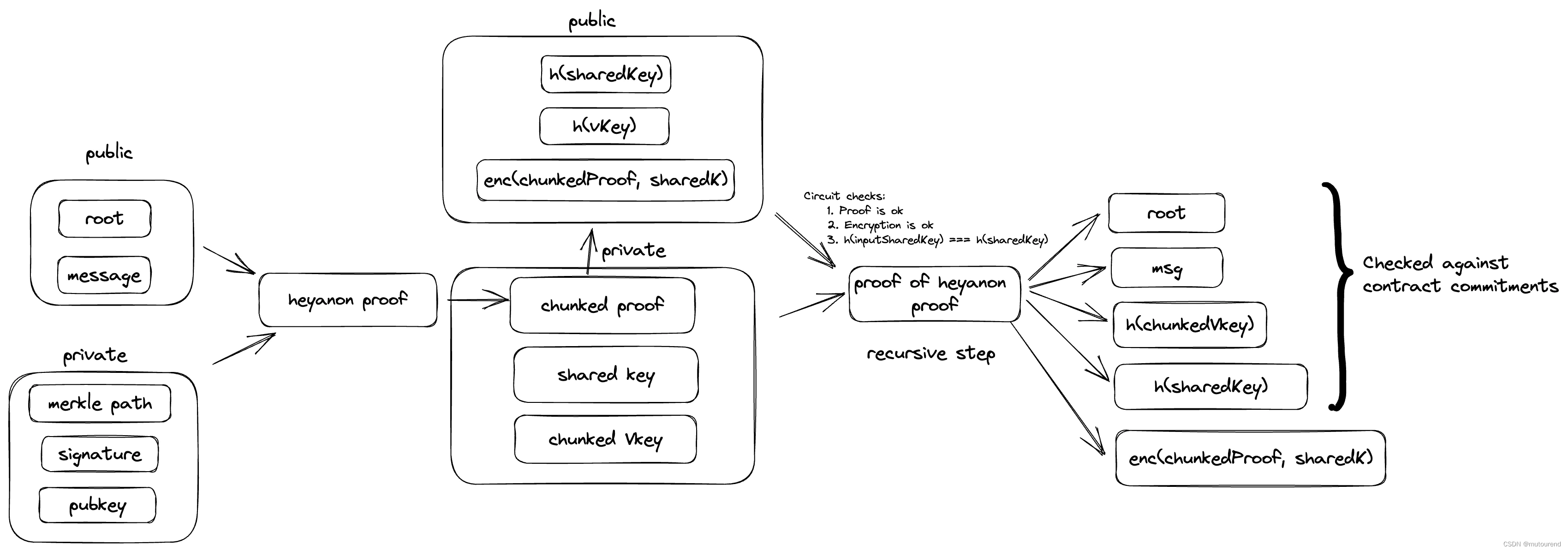这个最新的物体检测模型,很厉害的样子,还有物体追踪的功能。
有官方的Python代码,直接上手试试就好,至于理论,有想研究在看论文了╮(╯_╰)╭
简单介绍
YOLOv8 中可用的模型
YOLOv8 模型的每个类别中有五个模型用于检测、分割和分类。YOLOv8 Nano 是最快和最小的,而 YOLOv8 Extra Large (YOLOv8x) 是其中最准确但最慢的。用来实际使用的时候选权重模型。
| YOLOv8n | YOLOv8s | YOLOv8m | YOLOv8l | YOLOv8x |
其他介绍,就不用管了,上手玩一下要紧。看一下几个官方介绍图片就懂了:
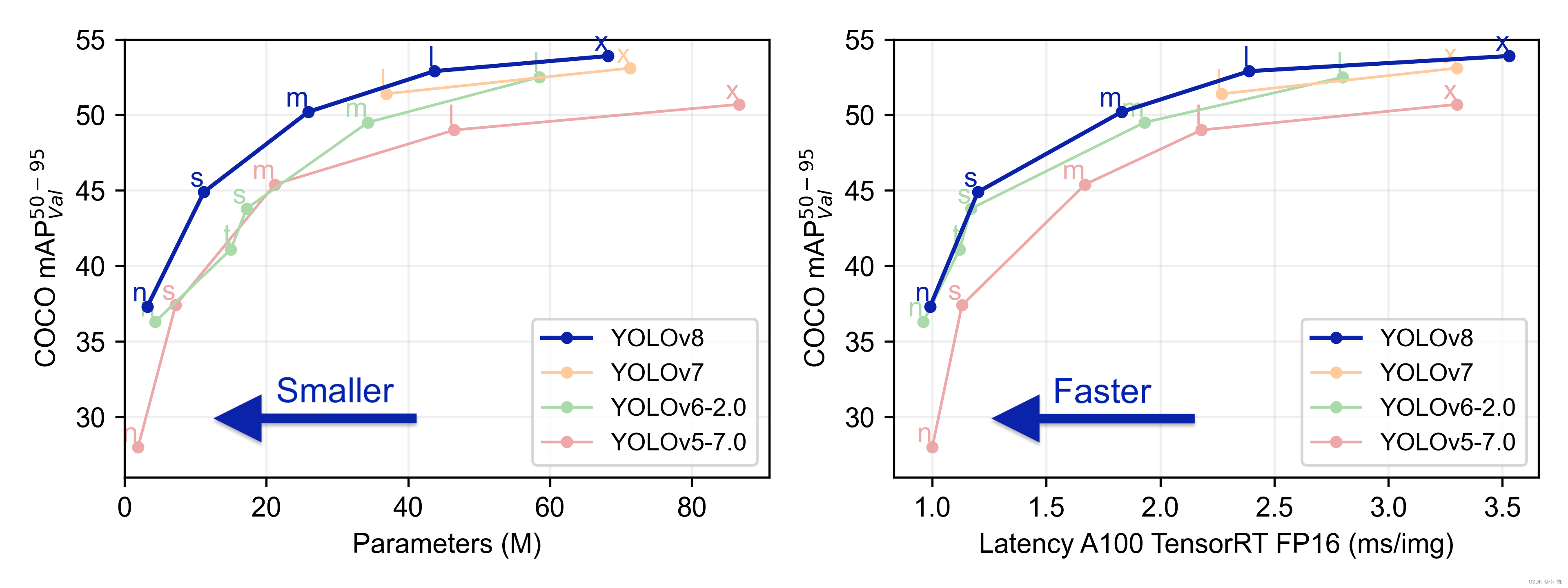

这里可以看到,有物体检测识别,检测,分类,轨迹,姿态的功能,下面就上手试试。
部署-简单使用【超简单】
前提安装好Python,版本需要Python>=3.8 我的是 Python 3.11.3
视频图片识别
-
首先,先下载官方的代码。官网代码
-
执行安装与检测:【执行位置是在项目目录下】
pip install -r requirements.txt
pip install ultralytics# 执行这个,会自动下载模型
# Downloading https://github.com/ultralytics/assets/releases/download/v0.0.0/yolov8n.pt to 'yolov8n.pt'...
# source 替换成需要检测的本地图片即可
yolo predict model=yolov8n.pt source='https://ultralytics.com/images/bus.jpg'# 也可以如下对视频进行检测
yolo task=detect mode=predict model=yolov8n.pt source=C:\Users\Administrator\Desktop\sssss-1.mp4 show=True#实例分割
yolo task=segment mode=predict model=yolov8n-seg.pt source=C:\Users\Administrator\Desktop\sssss-1.mp4 show=True
-
看看这个检测出来的效果:

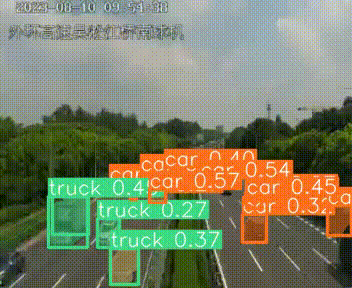
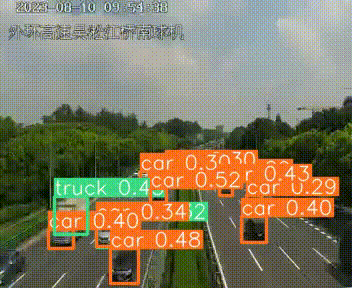
-
是不是灰常的简单,[]( ̄▽ ̄)*
-
就酱紫,后面在试试其他功能。
视频流,摄像头识别
这个处理只需要把来源替换成0即可,就像这样
yolo task=detect mode=predict model=yolov8n.pt source=0 show=True
视频追踪-绘制随时间变化的轨迹【这个有意思】
可以用于视频追踪的模型是:YOLOv8n, YOLOv8n-seg and YOLOv8n-pose 【以8n举例子】
yolo track model=yolov8n.pt source=0 show=True
这个追踪的效果就是,在识别里面多了一个ID表示固定的物体。
以下是官方代码改了一下,绘制随时间变化的轨迹
效果是这样的:
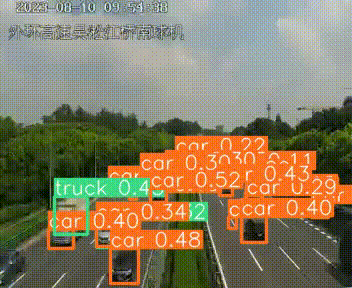
这个车流比较多感觉轨迹画的不怎么好看。
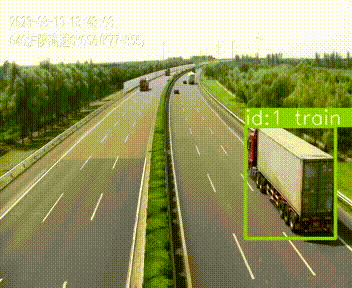
哈哈,这个卡车还识别错了 。。╮(╯▽╰)╭
不过这里可以绘制轨迹,就也可以统计这个ID物体在视频中存在的时间什么的。如果放在门店咖啡厅的摄像头里面,就可以看到顾客的停留时间。
这个轨迹变化绘制+物体追踪代码如下:
# 绘制随时间变化的轨迹
from collections import defaultdictimport cv2
import numpy as npfrom ultralytics import YOLO# Load the YOLOv8 model
model = YOLO('yolov8n.pt')# Open the video file
# video_path = "C:\\Users\\Administrator\\Desktop\\1.ts"
video_path = 0
cap = cv2.VideoCapture(video_path)# Store the track history
track_history = defaultdict(lambda: [])# 用于保存图像
# fourcc = cv2.VideoWriter_fourcc(*'mp4v')
# out_cat = cv2.VideoWriter("C:\\Users\\Administrator\\Desktop\\save.mp4", fourcc, 24, (352, 288), True) # 保存位置/格式# Loop through the video frames
while cap.isOpened():# Read a frame from the videosuccess, frame = cap.read()if success:# Run YOLOv8 tracking on the frame, persisting tracks between framesresults = model.track(frame, persist=True)# Get the boxes and track IDsboxes = results[0].boxes.xywh.cpu()if results[0].boxes.id is not None:track_ids = results[0].boxes.id.int().cpu().tolist()# Visualize the results on the frameannotated_frame = results[0].plot()# Plot the tracksif results[0].boxes.id is not None:for box, track_id in zip(boxes, track_ids):x, y, w, h = boxtrack = track_history[track_id]track.append((float(x), float(y))) # x, y center pointif len(track) > 30: # retain 90 tracks for 90 framestrack.pop(0)# Draw the tracking linespoints = np.hstack(track).astype(np.int32).reshape((-1, 1, 2))cv2.polylines(annotated_frame, [points], isClosed=False, color=(track_id*10%255, 100, 255), thickness=2)# Display the annotated framecv2.imshow("YOLOv8 Tracking", annotated_frame)# out_cat.write(annotated_frame) # 保存视频# Break the loop if 'q' is pressedif cv2.waitKey(1) & 0xFF == ord("q"):breakelse:# Break the loop if the end of the video is reachedbreak# Release the video capture object and close the display window
cap.release()
cv2.destroyAllWindows()
参考资料:
- V8官方开源地址:ultralytics :https://github.com/ultralytics/ultralytics
- MMYOLO 开源地址:https://github.com/open-mmlab/mmyolo/tree/dev/configs/yolov8
- https://zhuanlan.zhihu.com/p/633779645?utm_id=0
- https://blog.csdn.net/caobin_cumt/article/details/131009067
- 关键的资料:https://github.com/open-mmlab/mmyolo/blob/dev/configs/yolov8/README.md





